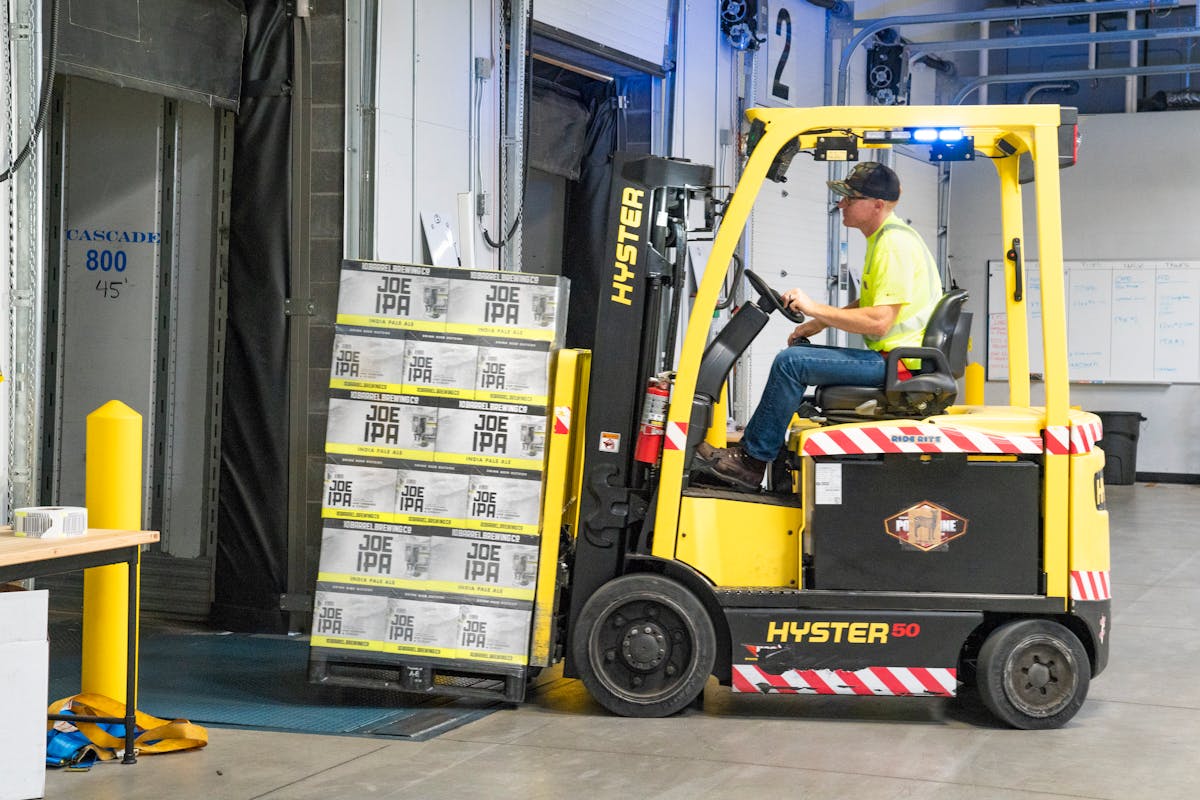- Overcome technological adoption barriers and resistance to change by adopting a phased approach and fostering a culture of innovation.
- Address training requirements and expertise gaps by investing in comprehensive training and partnering with technology providers.
- Conduct detailed cost-benefit analyses and highlight long-term benefits to mitigate cost concerns and emphasize the value of modern techniques.
- Encourage continuous innovation and strategic partnerships to access the latest technologies and streamline implementation.
In today’s fast-paced business environment, operational efficiency isn’t just a goal; it’s a necessity for survival and growth. Companies across industries constantly seek methods to streamline their processes, enhance productivity, and reduce overhead costs. The advent of modern techniques powered by technological advancements has opened new horizons for operational smoothness.
These methodologies not only simplify complex workflows but also foster a culture of innovation and efficiency. In this blog post, we’ll explore five modern techniques revolutionizing how businesses operate, starting with the transformative impact of electric stackers in warehouse operations. Prepare to discover how integrating cutting-edge tools and practices can propel your operations toward unprecedented efficiency and effectiveness.
The Evolution of Operational Techniques
The journey of operational techniques through history is a testament to human ingenuity and the relentless pursuit of efficiency. From the manual, labor-intensive processes of the past to today’s sophisticated, technology-driven approaches, the evolution of operational techniques mirrors the broader technological advancements in society. A shift towards automation and the integration of digital technologies has significantly marked this transformation.
Innovation has been pivotal in this evolution, enabling businesses to transcend traditional operational limitations. As we explore the lineage of active methodologies, it becomes clear that adopting technology and automation has optimized processes and opened up new avenues for growth, resilience, and competitive advantage. This historical context sets the stage for understanding modern techniques that shape smoother, more efficient operations.
Valuable Techniques for Smooth Operations
There are various ways to ensure that your operations stay smooth and reliable. Here are some ideas you might want to consider:
Technique 1: Implementing Electric Stackers in Warehouse Operations

The electric stacker emerges as a pivotal innovation in enhancing warehouse operations. Its primary strength lies in its ability to significantly reduce manual labor, thereby minimizing the risk of workplace injuries and increasing overall safety. Electric stackers are designed for speed and precision, enabling swift movement and accurate placement of goods, which is crucial in high-demand environments.
This efficiency boosts productivity and contributes to a smoother operational flow. By integrating electric stackers, warehouses can achieve a higher throughput with less downtime, marking a significant leap forward in operational efficiency.
Technique 2: Automation with AI and Machine Learning
Automation, powered by AI and machine learning, transforms complex operational tasks into streamlined processes. These technologies enable sophisticated inventory management systems that predict stock needs and automate replenishment. Predictive maintenance, another application, utilizes AI to forecast equipment failures before they occur, minimizing downtime and maintenance costs.
Technique 3: Integrating IoT for Real-Time Monitoring
The integration of IoT technology marks a significant advancement in operational monitoring and management. By enabling real-time tracking of equipment, inventory, and environmental conditions, IoT devices provide a comprehensive overview of operations at any given moment.
This capability allows for proactive decision-making and operational adjustments, ensuring maximum efficiency and minimizing potential disruptions. The impact of IoT extends beyond mere monitoring, fostering a connected ecosystem where every functional facet is optimized for peak performance.
Technique 4: Utilizing Cloud Computing for Scalable Operations
Cloud computing has emerged as a fundamental technology for scalable operations, offering enhanced data storage, superior collaboration capabilities, and unmatched scalability. Its ability to streamline operations is rooted in the cloud’s flexible infrastructure, which supports various applications and services.
Businesses can adapt to changing demands without substantial capital investments in hardware. Cloud computing facilitates remote work and collaboration and ensures that operations remain resilient and responsive to market dynamics.
Technique 5: Advanced Analytics for Data-Driven Decisions

Advanced analytics play a crucial role in the modern operational toolkit, providing the means to analyze vast amounts of operational data to uncover valuable insights. These insights enable businesses to optimize processes, predict future trends, and make informed decisions that propel operations forward.
Overcoming Challenges in Implementing Modern Operational Techniques
- Technological Adoption Barriers: Overcome by adopting a phased approach to integration, focusing on high-impact areas first.
- Training Requirements: This is addressed by investing in comprehensive training programs to equip employees with the skills needed for new technologies.
- Cost Considerations: Mitigate through detailed cost-benefit analyses to ensure investments yield significant returns.
- Resistance to Change: Tackle by fostering a culture that embraces continuous innovation and change management practices.
- Lack of Expertise: Bridge by partnering with technology providers for support and resources, easing the transition.
- Return on Investment Concerns: Alleviate by showcasing successful case studies and projecting long-term benefits of adopting modern techniques.
Final Thoughts
The journey towards modernizing operations may be fraught with challenges, yet the rewards for enhanced productivity and competitive advantage are undeniable. As we look to the future, it’s clear that embracing these modern techniques is not merely an option but a strategic imperative for businesses aiming for growth and efficiency. Let these insights inspire you to consider such advancements as crucial investments in your company’s future, ensuring a competitive edge in the ever-evolving business landscape.





